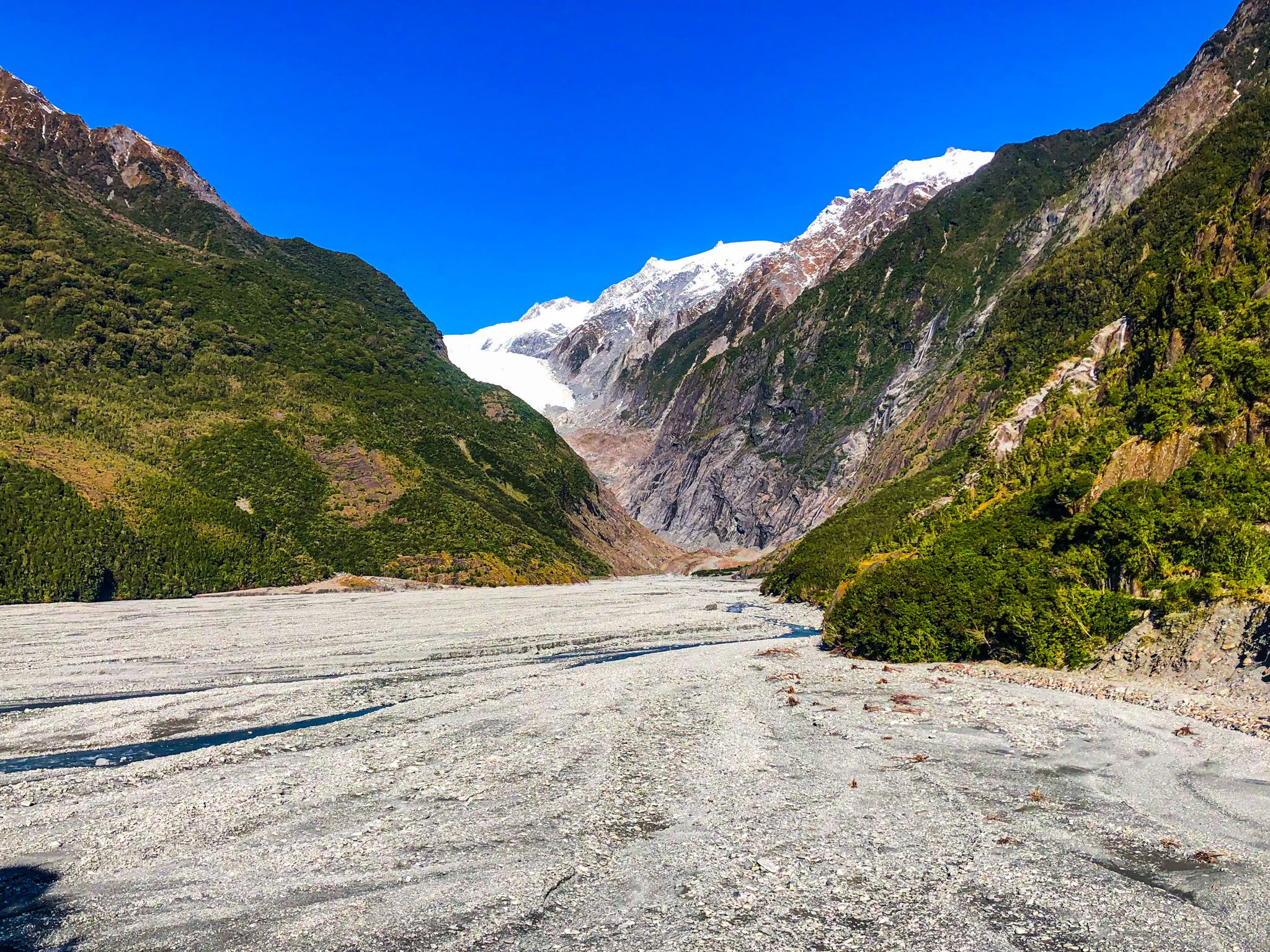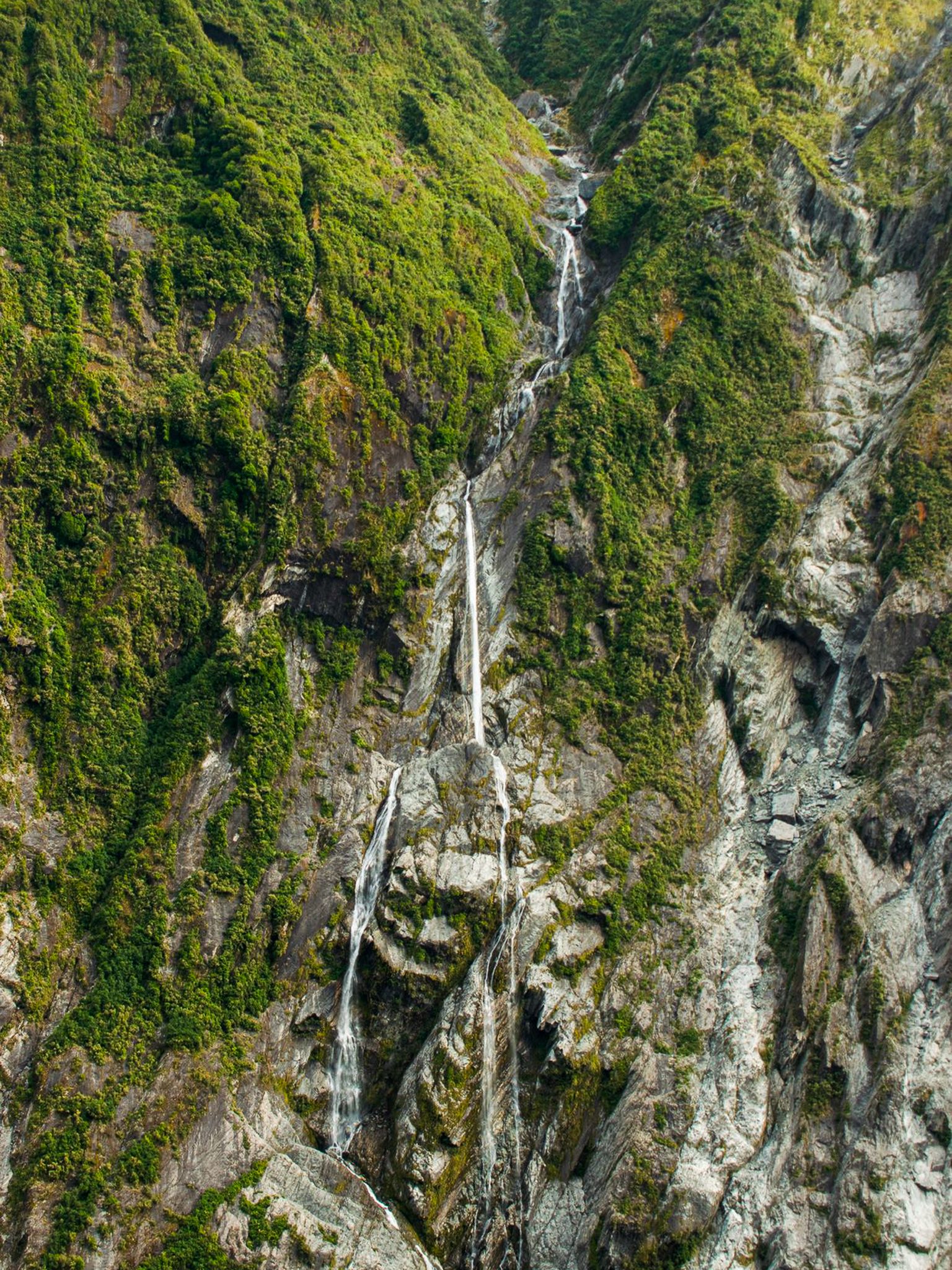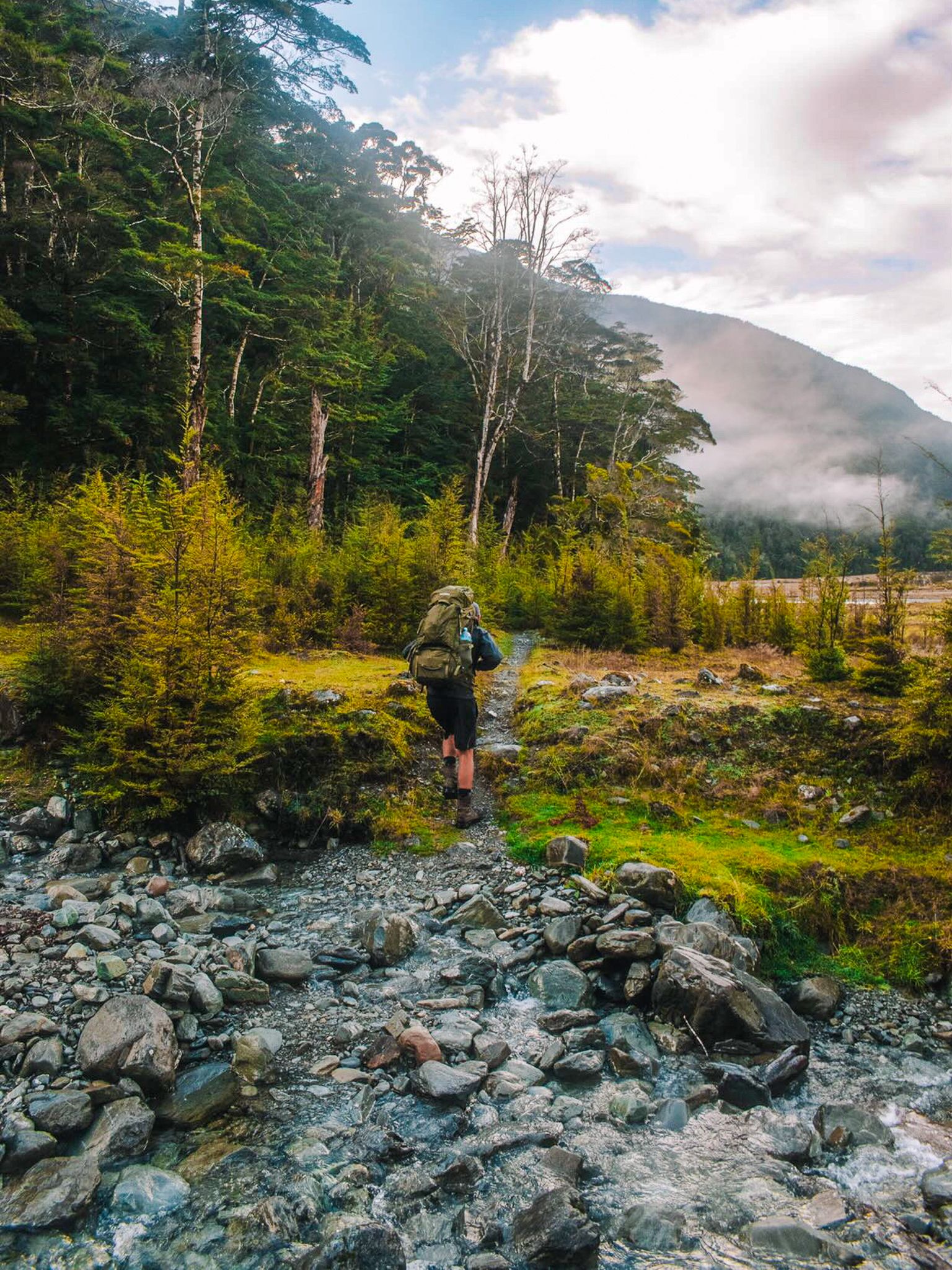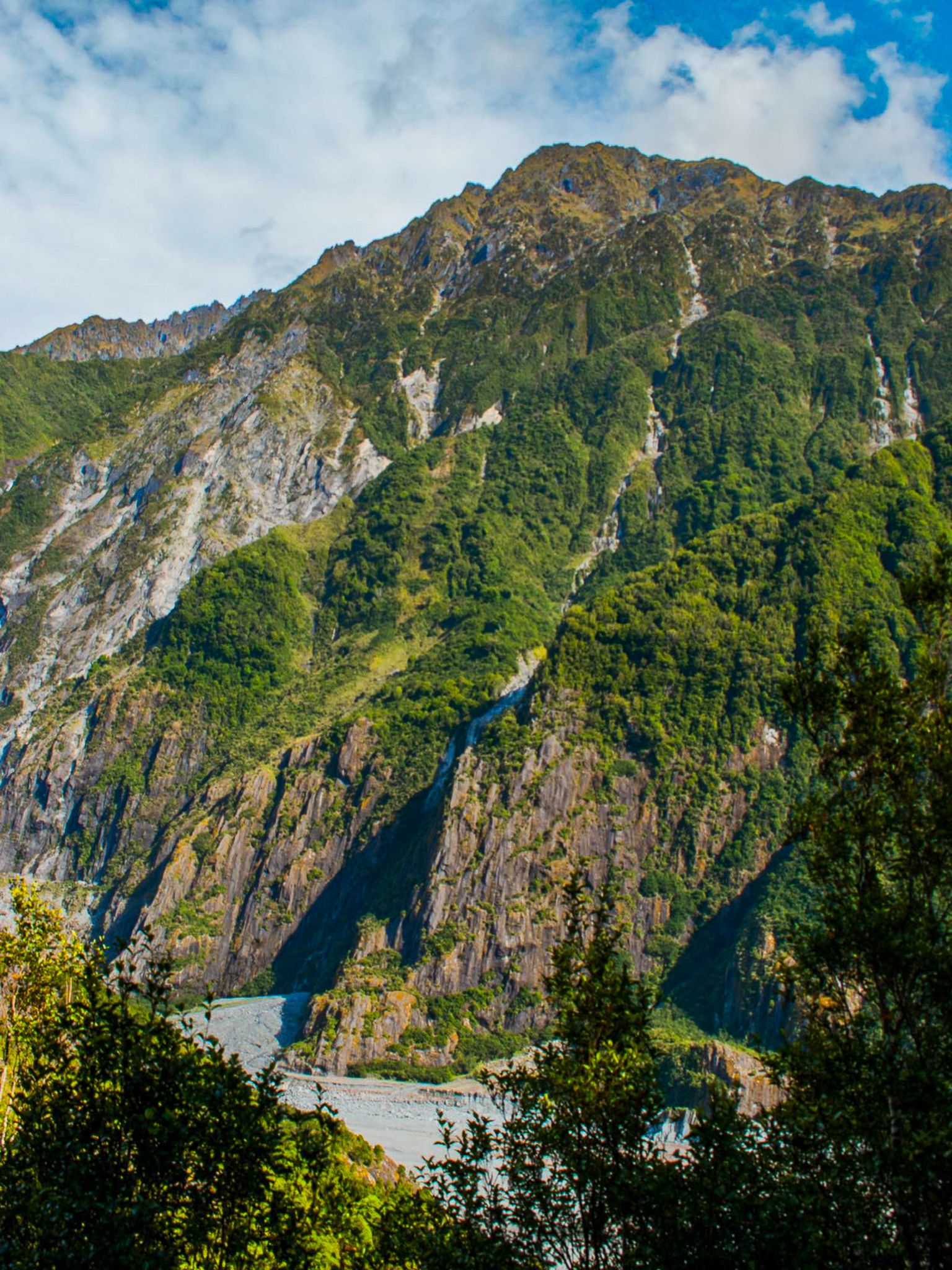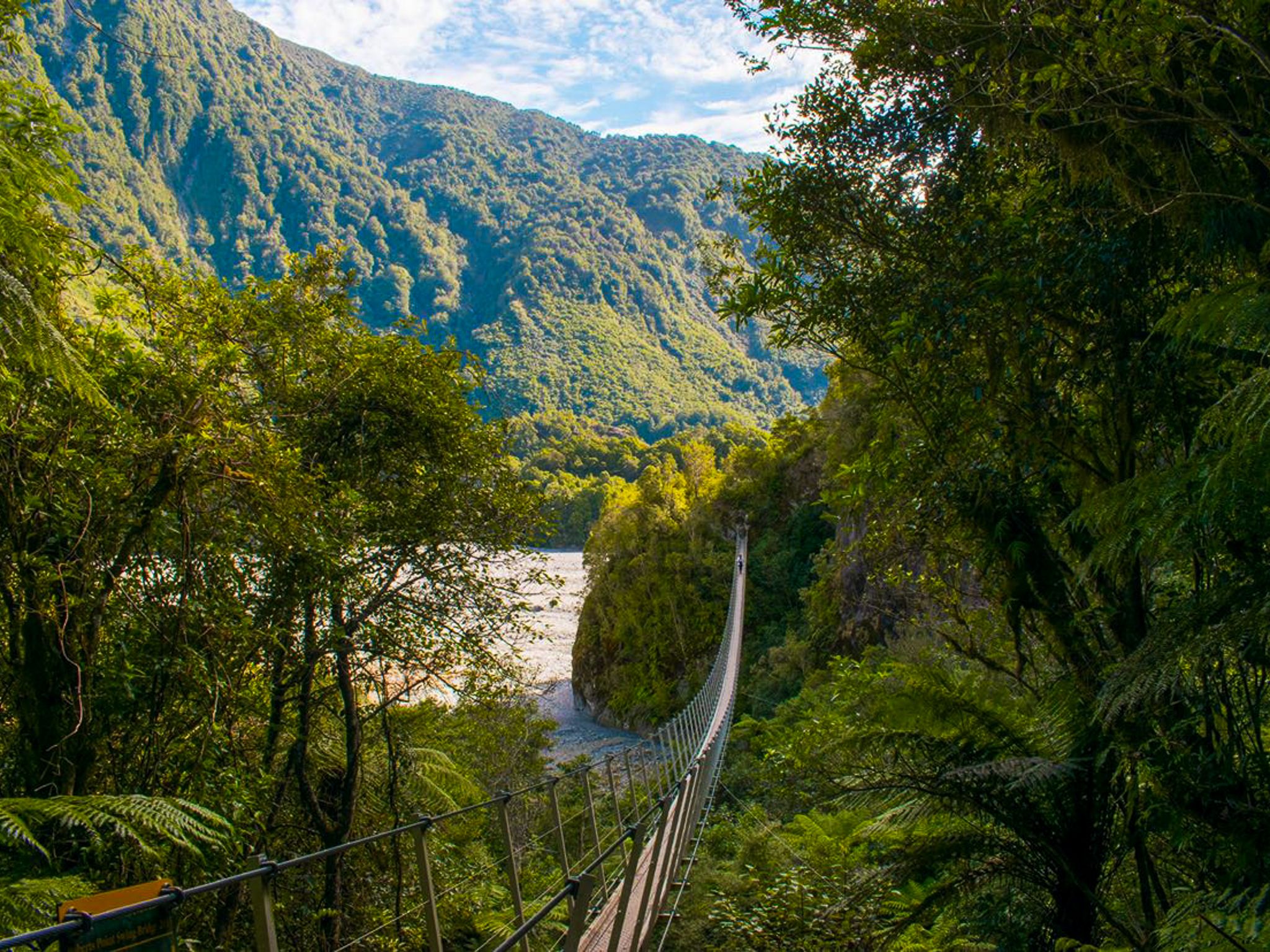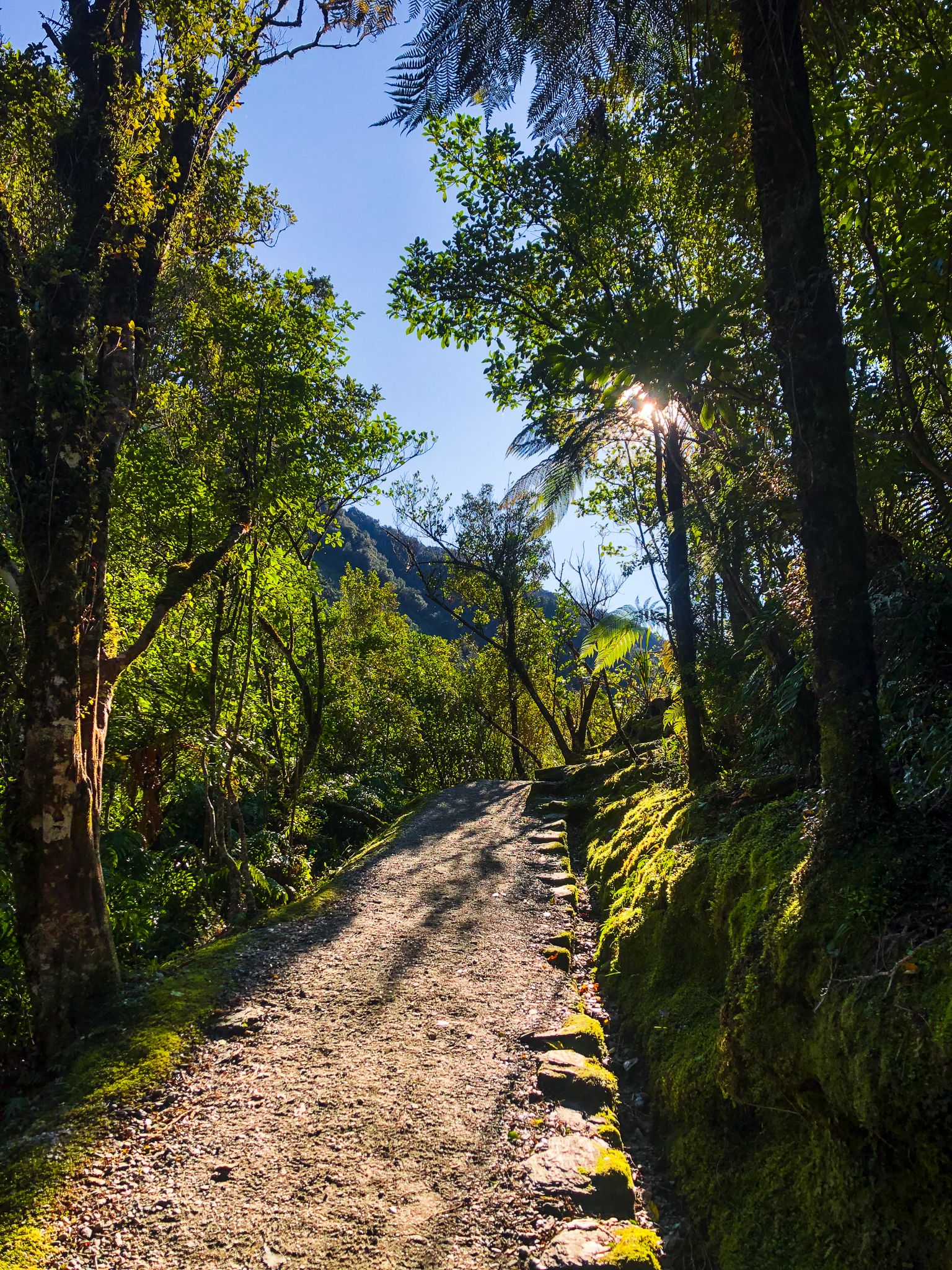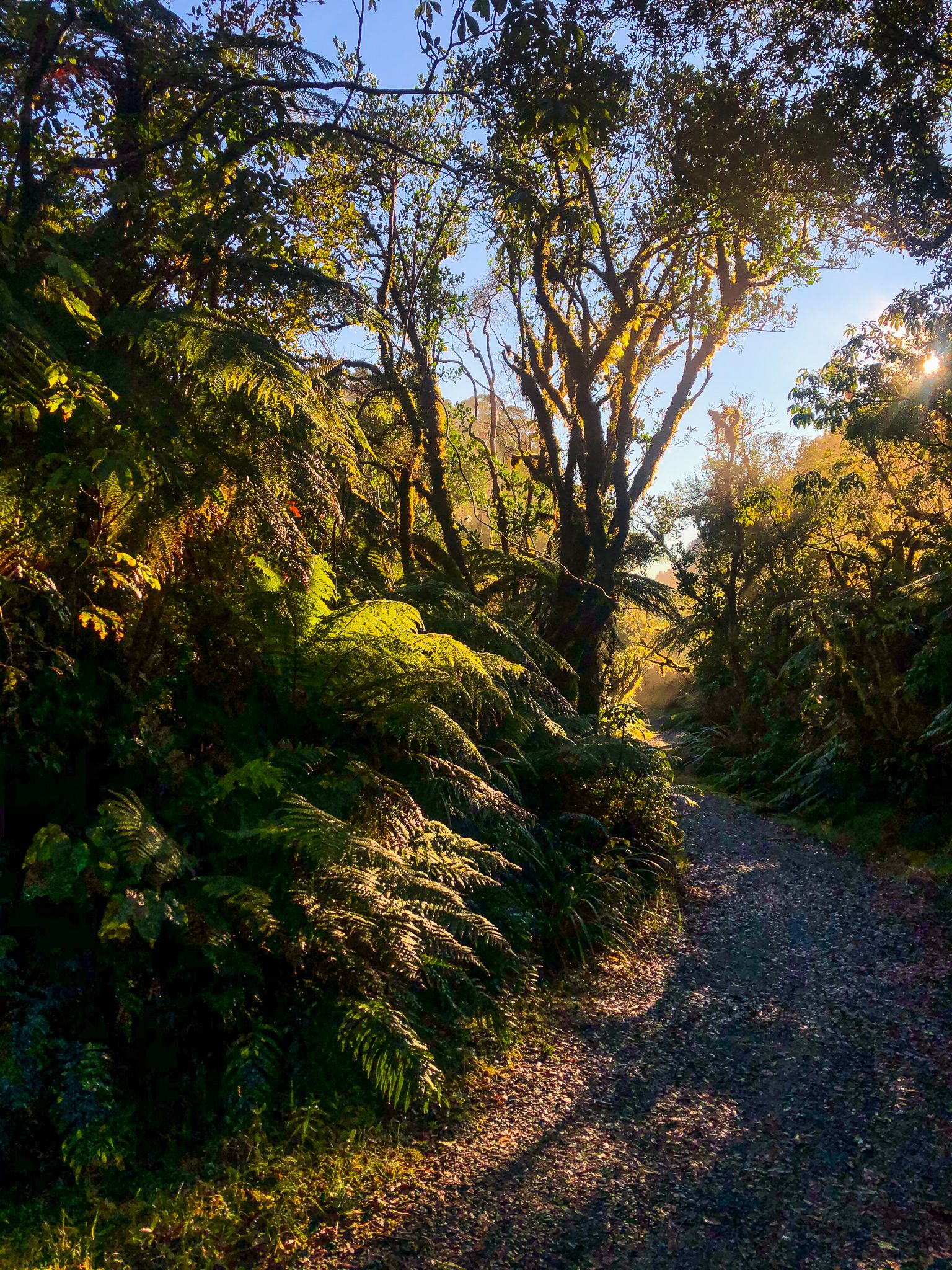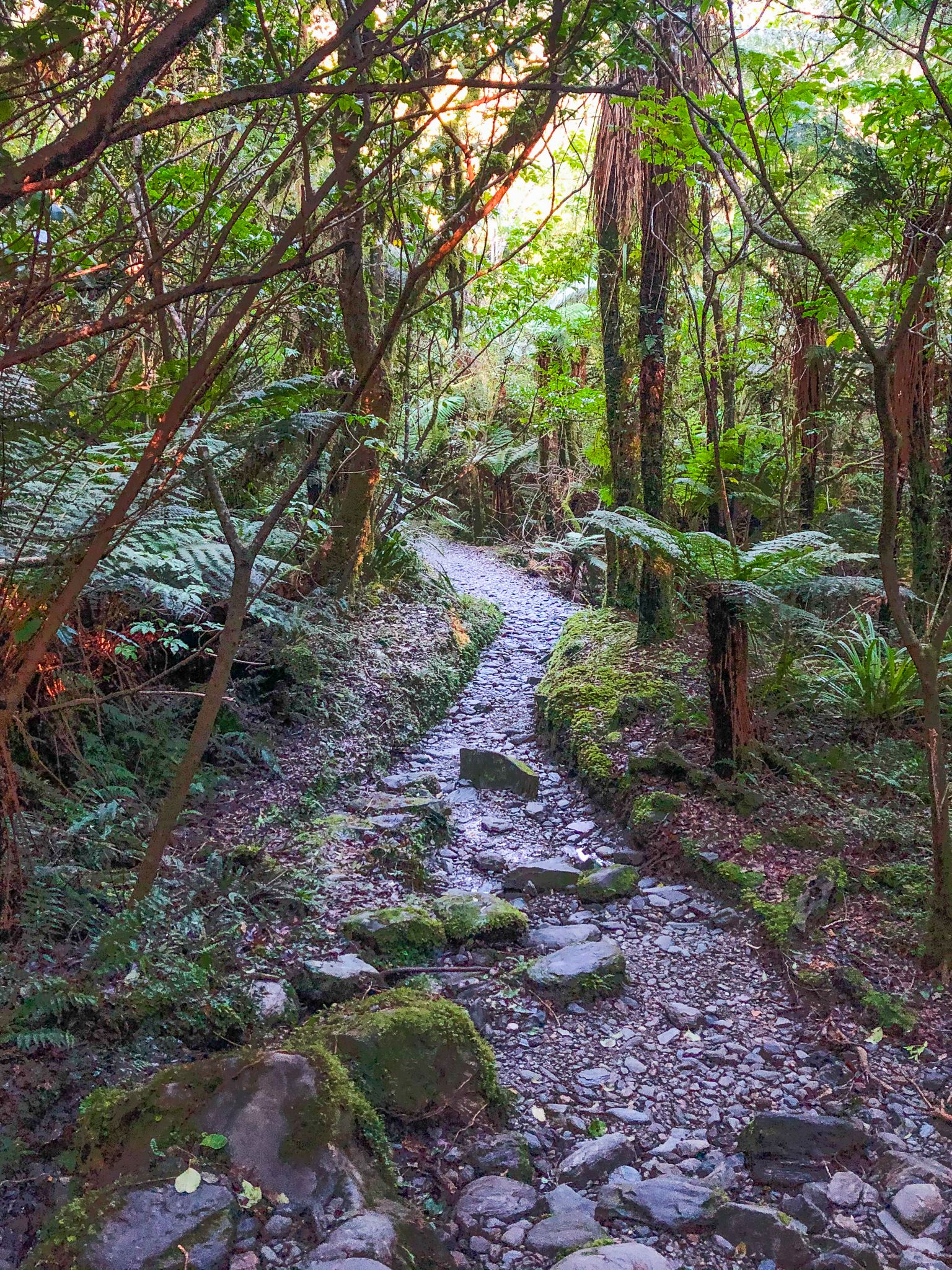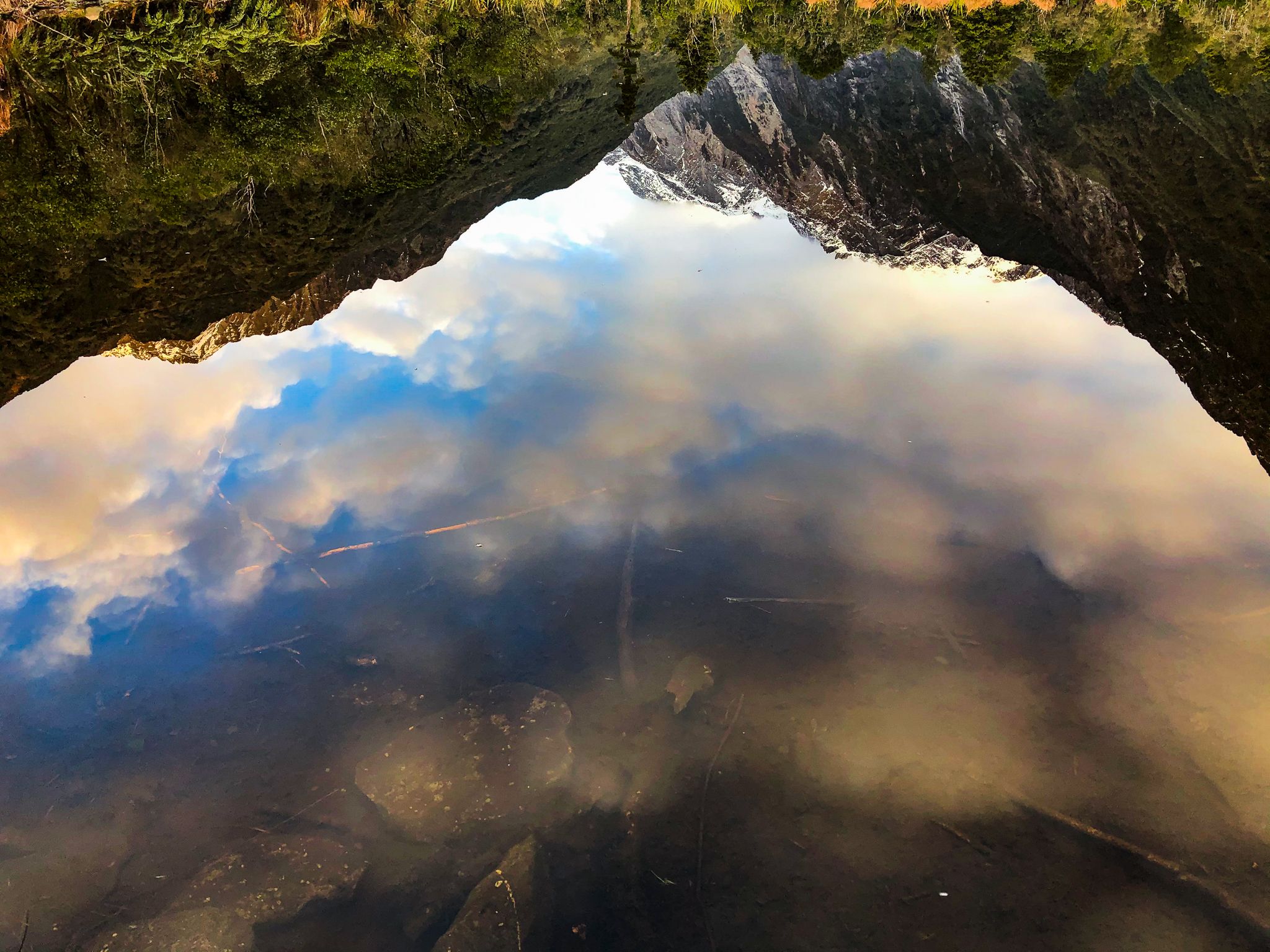Exploring Franz Josef Glacier / Kā Roimata o Hine Hukatere
Franz Josef Glacier, known in Māori as Kā Roimata o Hine Hukatere, is a breathtaking natural wonder situated in Glacier Country, Westland, on New Zealand's South Island. This impressive glacier spans 12 kilometres, originating at an altitude of over 2,500 metres and descending to 300 metres through verdant rainforests. It is a significant feature of the Te Wāhipounamu World Heritage Area.
Historical and Cultural Significance
The first recorded European sighting of Franz Josef Glacier was from a ship in 1859. In 1865, the glacier was named by the German explorer Julius von Haast in honour of the Austrian Emperor Franz Josef I. The Māori name, Kā Roimata o Hine Hukatere, means 'The tears of Hine Hukatere.' This name is rooted in a legend where Hine's tears formed the glacier after her climbing partner, Tuawe, died in an avalanche.
Tourism and Accessibility
Franz Josef Glacier has been a favoured tourist spot for many years. In the past, visitors could walk directly to the glacier's terminus. However, due to a significant retreat of over three kilometres in the last century, approaching the glacier face is now dangerous. Access to the glacier currently requires helicopter transport and guided tours. Alternative routes to view the glacier are available via several tracks in the Waiho River valley.
Exploring the Valley Tracks
Visitors can explore the valley tracks by taking Franz Josef Glacier Road off State Highway 6, just south of the Franz Josef Waiau township. Parking is available at the start of the Alex Knob Track and Douglas Walk, or at the main car park's end. The former offers quicker access to the Roberts Point Track, Alex Knob Track, and Lake Wombat Walk. From the main car park, short and easy walks lead to Peters Pool on Douglas Track, the valley's edge, and the top of Sentinel Hill.
How to get to Franz Josef Glacier
To visit Franz Josef Glacier, travel south from the Franz Josef Waiau township on State Highway 6 and turn onto Franz Josef Glacier Road. This route will guide you to the valley tracks and car parks, where you can begin your journey to explore this extraordinary natural site.
